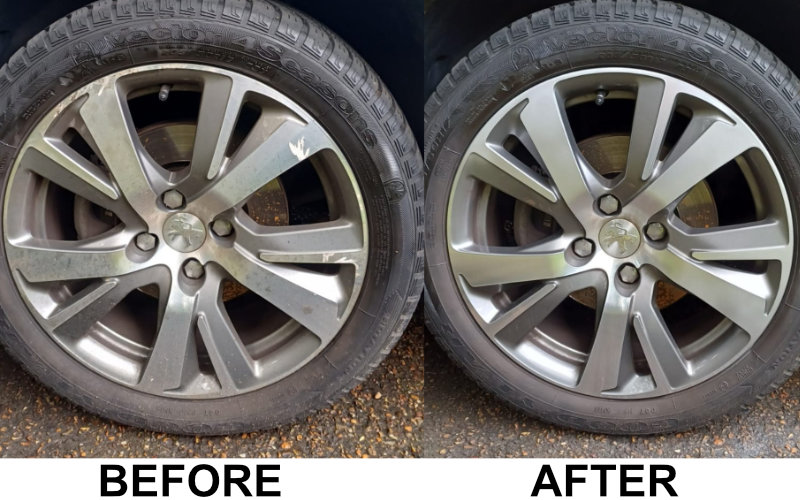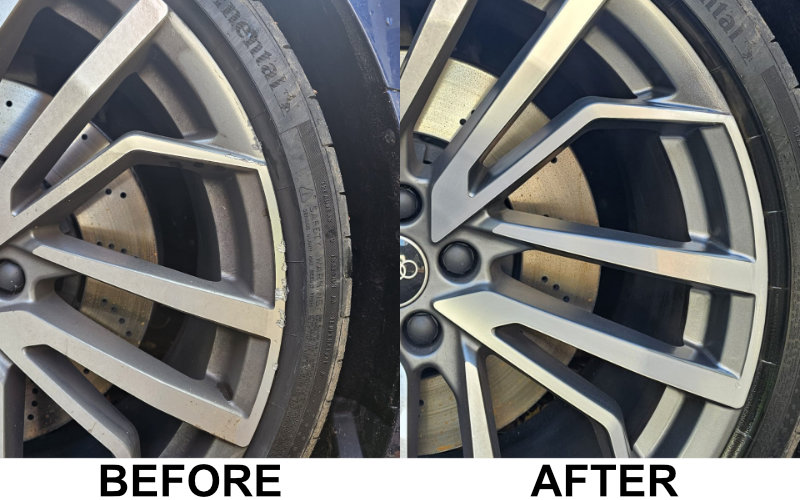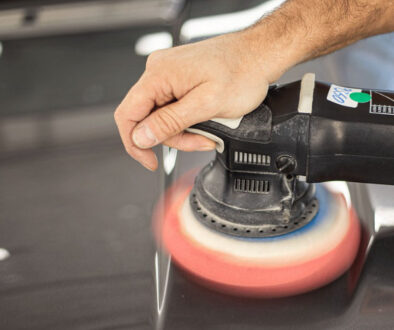Comparing Lathe Repair and Cosmetic Repair for Wheel Refurbishment
When it comes to maintaining the appearance and functionality of your car’s wheels, two distinct approaches often come into play:
“Lathe Repair” and “Cosmetic Repair.”
In this blog post, we’ll break down the differences between lathe repair and cosmetic repair in the context of car wheels, helping you make informed decisions about which approach suits your needs best.
Lathe Repair: Precision Restoration
Lathe repair is a meticulous process that revolves around restoring the functional integrity of your car’s wheels. Often employed for more severe damage, this method involves removing a layer of material from the wheel’s surface to eliminate imperfections. Think of it as a fine-tuning process that addresses issues affecting the wheel’s balance and performance.

The lathe repair process begins by removing the wheel from the car. Specialised machinery is then used to carefully shave off a layer of the wheel’s surface. This not only eradicates minor dents, scratches, and imperfections but also ensures the wheel’s balance is restored, enhancing the overall driving experience.
However, it’s worth noting that lathe repair does involve the removal of a small portion of the wheel’s structure, which can limit the number of times this repair can be performed before affecting the wheel’s overall dimensions and structural integrity.
Cosmetic Repair: Aesthetic Enhancement
Cosmetic repair, as the name suggests, focuses primarily on the visual appeal of your car’s wheels.
The goal is to make your car’s wheels look as good as new, without necessarily affecting their balance or performance.
If your wheels are showing signs of more significant wear, balance issues, or structural damage, a lathe repair might be the suitable solution.
On the other hand, if your wheels have minor surface blemishes that are affecting the vehicle’s aesthetics, a cosmetic repair would likely suffice.
In conclusion
Cosmetic refurbishing Diamond Cut wheels involves a manual restoration process, distinct from lathe repair.
This method employs hand polishing machines to smooth the surface and eliminate the damaged section. Subsequently, the wheel is painted to match its original colour, ensuring a seamless repair that blends seamlessly with the rest of the wheel.
In contrast, a lathe repair is a more intricate and time consuming procedure. It necessitates the removal of the wheel, which is then recut to eliminate layers from its entire face and you can usually only have 1-2 cuts on a wheel in its lifetime.
A lathe repair typically comes at a cost of approximately between £130 and £150 per wheel (excluding VAT) and involves the removal of a portion of the wheel’s overall structure.







